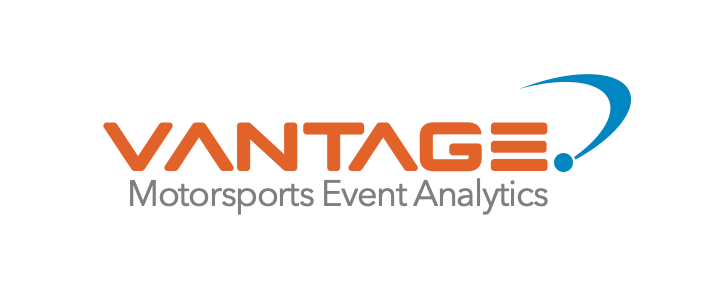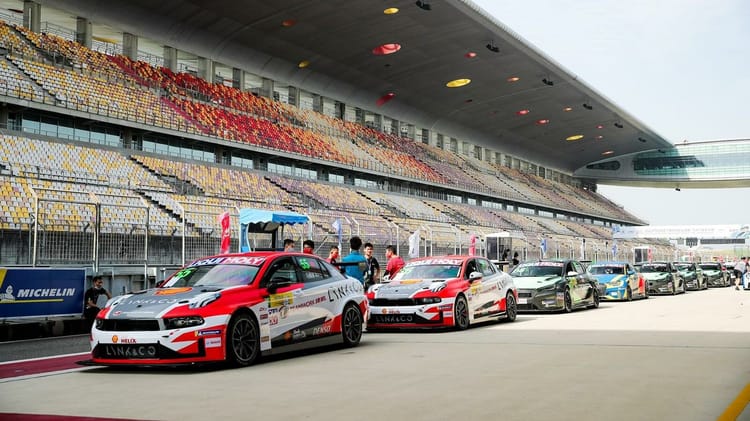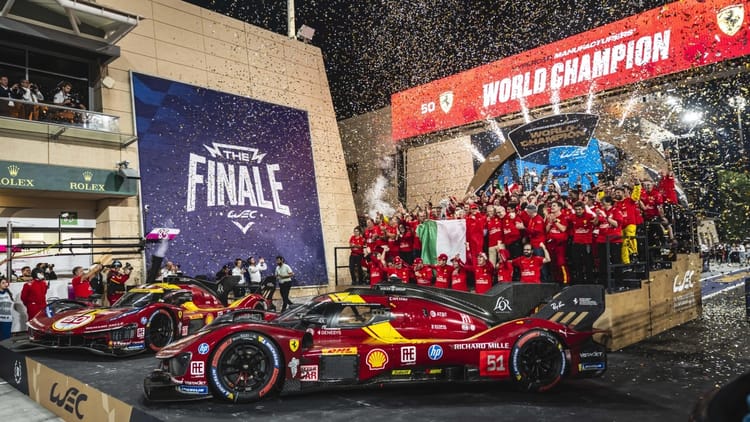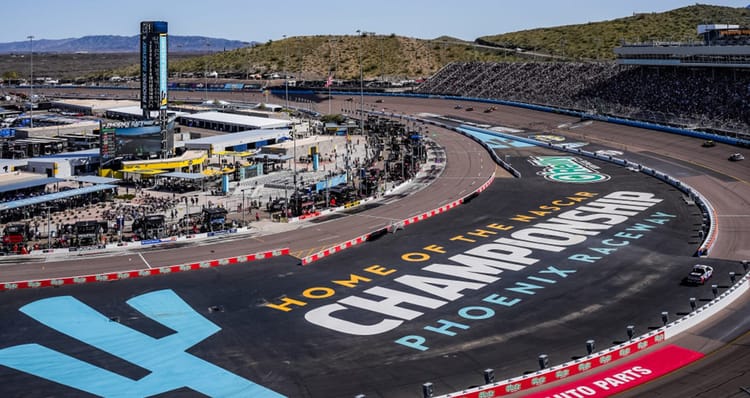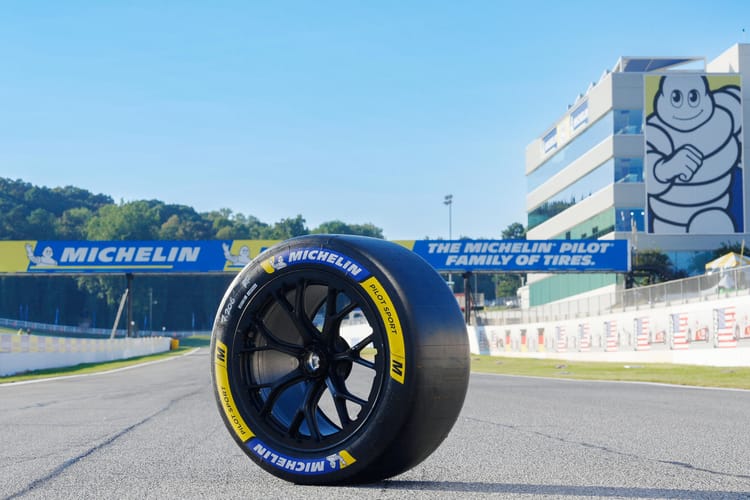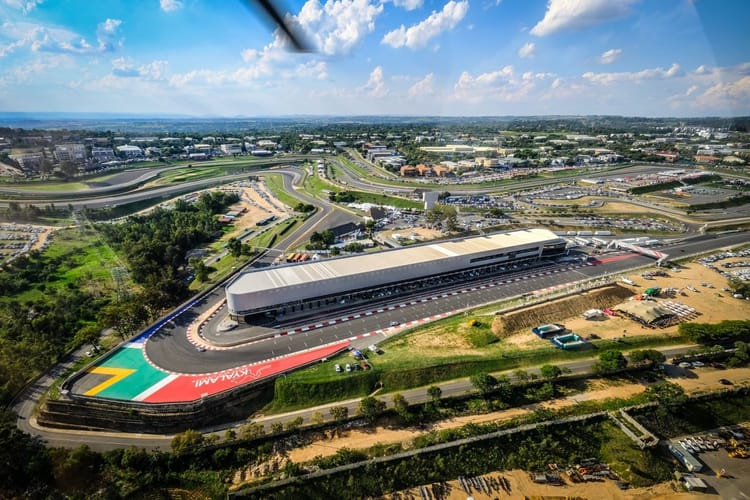NASCAR's Gen 7 Era: Has True Parity Evaporated Amid Rising Dominance?
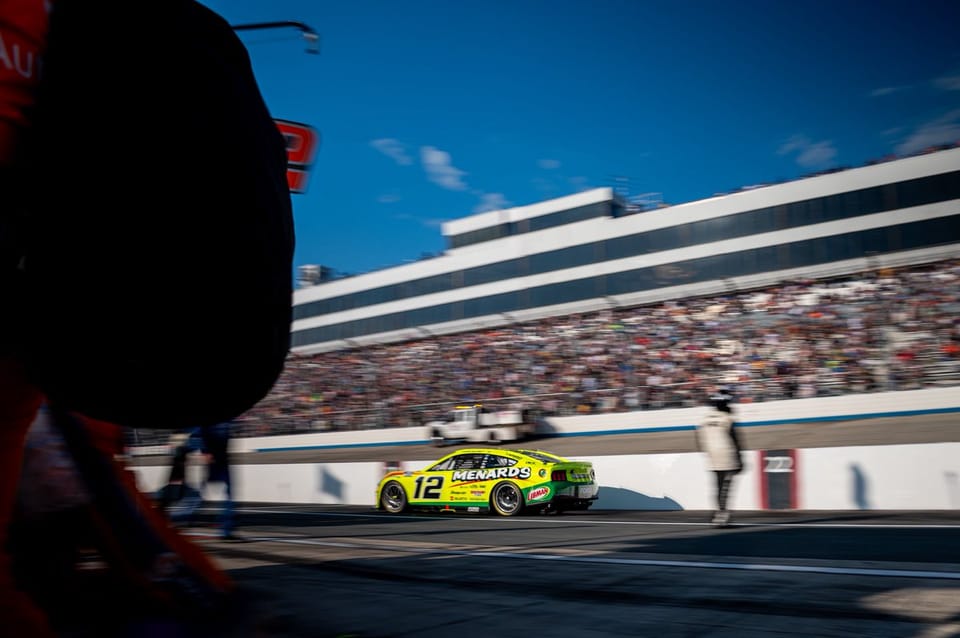
The 2022 debut of NASCAR's Gen 7 Cup car produced 19 unique winners, setting a benchmark for competitive balance that aimed to redefine the series.
Engineered with spec components to lower costs and equalize opportunities, the car initially curbed advantages for well-funded teams. However, by August 10, 2025, following the Go Bowling at The Glen, the season has seen only 13 unique winners across 24 points-paying races, signaling a potential erosion of that parity and prompting scrutiny of its effects on competition, fan interest, and stakeholder value.
This progression highlights how organizational resources increasingly influence outcomes in a standardized environment.
Initial Parity Gains and Subsequent Erosion
The Gen 7's emphasis on uniformity drove early diversity in results.
"19 unique winners in the 2022 NASCAR Cup Series, tying the all-time record for a single season." (NASCAR.com, Sep 19, 2022)
Surpassing the nine winners from the Gen 6's 2021 swan song, this uptick stemmed from elements like the 18-inch aluminum wheels, independent rear suspension, and 670-horsepower limit, which restricted bespoke developments.
Teams with lesser budgets could theoretically contend more readily, as the design minimized wind-tunnel exploits and custom chassis variations.
Yet, patterns in later seasons indicate a pullback: 15 unique winners in 2023, followed by 16 in 2024.
The 2025 midpoint underscores further concentration.
"As of August 10, 2025, after 24 races, the NASCAR Cup Series has recorded 13 unique winners: William Byron, Christopher Bell, Josh Berry, Kyle Larson, Denny Hamlin, Austin Cindric, Joey Logano, Ross Chastain, Ryan Blaney, Shane van Gisbergen, Chase Briscoe, Chase Elliott, and Bubba Wallace." (Jayski, August 10, 2025)
Dominant organizations claim the lion's share: Hendrick Motorsports (Byron, Larson, Elliott) with seven victories, Joe Gibbs Racing (Bell, Hamlin, Briscoe) with eight, and Team Penske (Cindric, Logano, Blaney) with three.
Outliers include Van Gisbergen's four road-course triumphs for Trackhouse, Berry's single win for Wood Brothers Racing, Chastain for Trackhouse, and Wallace for 23XI.
This distribution reflects resource disparities, as echoed by Hamlin's comments on his podcast, labeling top teams as gatekeepers of data, simulations, and OEM support.
The Gen 7's sequential transmission and flatter power curve have homogenized driver inputs, elevating the role of engineering depth over individual skill in areas like shifting precision.
On-track, this manifests in laps-led stats: Hendrick and Gibbs drivers have commanded over 45% of total laps in 2025, per race recaps, leveraging advanced simulators to fine-tune setups within spec constraints.
What Factors Contribute to Viewer Engagement Fluctuations?
Shifting parity intersects with audience metrics, offering clues to the series' economic vitality.
Overall viewership in 2025 reveals challenges amid perceived predictability.
"NASCAR Cup Series races averaged 2.281 million viewers through the first 16 events of 2025, reflecting a modest year-over-year dip from 2024's 2.246 million for a comparable period." (Daily Downforce, 2025)
Declines are tied to critiques of limited passing on intermediate tracks and fuel-conservation races, which some fans argue dull excitement when frontrunners pull away.
Streaming platforms show varied results: Amazon Prime Video broadcasts dipped 17% overall but gained traction with younger viewers.
"Viewership among adults 18-34 on Prime Video increased 33% in 2025, rising from 177,000 to 233,000 average per race." (Sports Media Watch, June 13, 2025)
This demographic lift suggests the Gen 7's sleek aesthetics and tech features—such as enhanced onboard cameras and data overlays—resonate with digital natives, potentially sustaining long-term growth.
Marquee events provide counterpoints to averages, as the season opener excelled despite broader trends.
"The 2025 Daytona 500 attracted 6.76 million viewers, a 13% increase from 2024, marking the highest for any sporting event that weekend." (News Journal Online, February 23, 2025)
Road-course spectacles, fueled by van Gisbergen's streak, have also boosted numbers: Watkins Glen's August 10 race preliminaries indicate a 15% uptick, per early reports, highlighting international appeal.
Attendance follows suit, with superspeedways like Daytona and Talladega nearing capacity—over 100,000 for the former—while mid-season ovals report 10-20% drops, correlating with dominance by elite squads.
NASCAR's interventions, including softer tire compounds and aero modifications, seek to amplify overtakes, but 2025 data shows mixed efficacy, with passing rates up 8% on short tracks yet stagnant elsewhere.
For sponsors, these fluctuations underscore ROI nuances: alignments with consistent winners like Hamlin or Larson ensure exposure, but youth surges open avenues for brands targeting millennials through digital integrations.
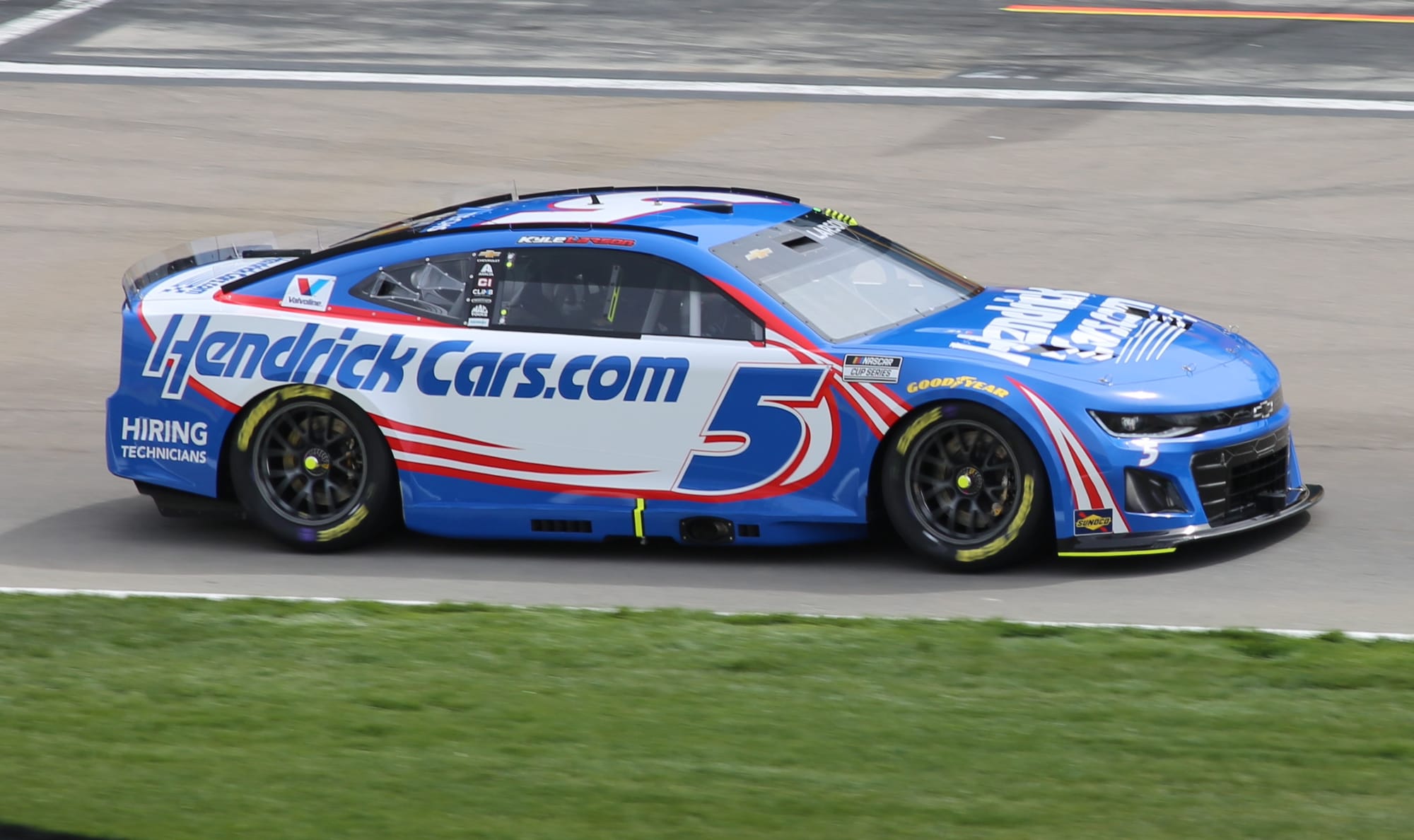
How Does Resource Disparity Influence Long-Term Sustainability?
Resource gaps underpin the parity fade, as top teams monopolize iterative gains.
Hendrick's seven wins stem from proprietary simulations and Chevrolet OEM data, enabling rapid adaptations to track-specific demands.
Gibbs, with Toyota's backing, mirrors this through wind-tunnel efficiencies within rules.
Fan discourse on X amplifies concerns: posts decry the loss of driver-centric elements, like manual transmissions, which once allowed underdogs to shine via skill.
The playoff structure exacerbates issues, with multiple-win drivers from powerhouses securing early berths, diminishing regular-season stakes.
Forward-looking, NASCAR's flexibility—evidenced by 2024's diffuser tweaks—could restore balance via further spec expansions or resource caps.
Stakeholders must vigilantly analyze these metrics, as prolonged dominance threatens casual engagement, potentially impacting ticket sales and media rights valued at $1.1 billion annually.
So What?
In the Gen 7 era, motorsports stakeholders can leverage parity insights to forge resilient strategies amid evolving dynamics.
Elite teams like Hendrick and Gibbs illustrate how data investments in simulations and OEM partnerships deliver sustained success, encouraging mid-tier operations to seek analytics collaborations for setup optimizations and gap-closing simulations.
Sponsors should exploit demographic bright spots, such as the 33% rise in 18-34 viewership on Prime Video, by crafting youth-focused campaigns to maximize ROI despite overall averages hovering at 2.281 million. Event organizers can refine calendars by favoring high-action venues like road courses to elevate passing rates and attendance while mitigating predictability critiques.
These evidence-based tactics facilitate proactive trend detection, performance elevations, and engagement amplifications; for deeper dives into winner distributions, viewership trajectories, and economic forecasts, subscribe to Vantage Motorsports Event Analytics' free newsletter to empower informed decisions in NASCAR's competitive landscape.
#ProveYourVantage
Sources
- NASCAR.com, Sep 19, 2022: "Historic season rolls on with 19 different Cup Series winners," www.nascar.com/news-media/2022/09/19/cup-series-historic-season-rolls-with-19-different-winners/
- Jayski, August 10, 2025: "2025 NASCAR Cup Series Race Results," www.jayski.com/nascar-cup-series/2025-nascar-cup-series-race-results/
- Daily Downforce, 2025: "The Complete 2025 NASCAR TV Ratings Tracker," dailydownforce.com/the-complete-2025-nascar-tv-viewership-tracker/
- Sports Media Watch, June 13, 2025: "Prime Video grows NASCAR's young audience despite overall decline," www.sportsmediawatch.com/2025/06/nascar-viewership-prime-video-young-audience-despite-overall-decline/
- News Journal Online, February 23, 2025: "Daytona 500 records and ratings: 2025 NASCAR race by the numbers," www.news-journalonline.com/story/sports/nascar/2025/02/23/daytona-500-records-ratings-2025-nascar-race/79460487007/
Vantage. Motorsports Event Analytics levels the track for high-potential U.S. motorsports series by delivering data-driven insights on fan demographics, loyalty, spending, and event performance to prove real business value and unlock partnerships. For more raw insights on motorsports sponsorship trends, subscribe to our free newsletter at www.vantagepointmea.com. Unlock the data that drives wins.
